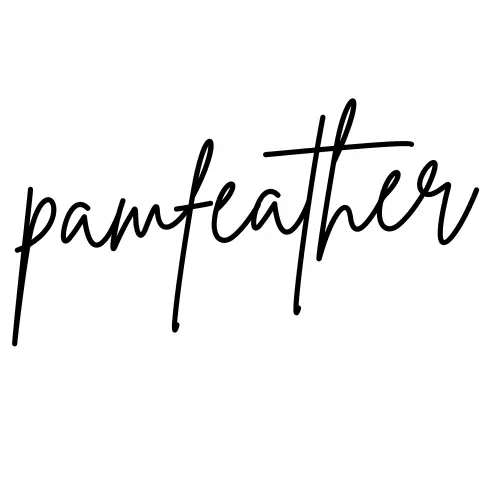Introduction to Feather Down Jackets
Appreciated for their comfort and warmth, feather down jackets have long been essential in cold weather wear. The quality, longevity and social consequences of these jackets become clear when one recognizes the complex process involved in their creation.
Feather down jackets are well known for their ability to effectively retain warmth without sacrificing weight. Duck or geese undercoat is the source of the main substance, down. Apart from being a functional necessity in cold places, these jackets have become a fashion statement.

Table of Contents
Understanding the Composition of Feather Down Jackets
What Makes a Feather Down Jacket?
Feather down jackets consist of two primary components: the outer shell and the insulation. The outer shell, typically made from nylon or polyester, acts as a protective layer against elements like wind and moisture. The insulation, derived from down feathers, provides exceptional warmth.
Types of Feathers Used
Different grades of down feathers contribute to the jacket’s quality. Higher fill power indicates superior insulation capabilities. Manufacturers often blend down with other materials to enhance durability and reduce costs.
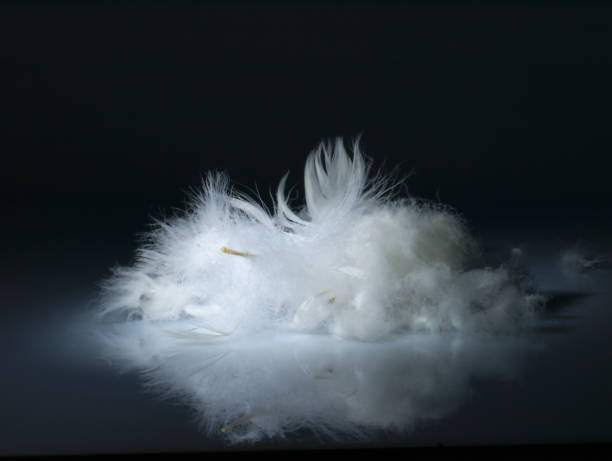
Crafting Process of Feather Down Jackets
Selecting Quality Feathers
The selection of down feathers plays a pivotal role in determining the jacket’s performance. Premium jackets use ethically sourced, high-fill power down, ensuring optimal warmth without bulkiness.
Designing the Jacket
Designing involves creating patterns, considering insulation distribution, and selecting suitable fabrics for the shell. Attention to detail in design impacts the jacket’s functionality and aesthetic appeal.
Stitching and Construction
Craftsmanship in stitching ensures the even distribution of insulation, preventing cold spots. Advanced techniques like baffling or quilting maintain feather distribution and structural integrity.

Quality Standards and Factors to Consider
Factors Affecting Jacket Quality
Factors like fill power, the ratio of down to feathers, and the quality of the outer shell influence the jacket’s performance and durability.
Industry Standards and Certifications
Recognizing industry certifications like the Responsible Down Standard (RDS) or the Global Traceable Down Standard (TDS) assures consumers of ethical sourcing and production practices.
Caring for Your Feather Down Jacket
Cleaning and Maintenance Tips
Proper cleaning techniques and regular maintenance ensure the jacket’s longevity. Using mild detergents and following manufacturer instructions for washing and drying is crucial.
Storage Suggestions
Storing the jacket in a breathable bag, away from moisture and direct sunlight, preserves its loft and insulation properties during off-seasons.
Sustainability and Ethical Aspects
Ethical Sourcing Practices
Ethical sourcing involves traceability and humane treatment of animals, ensuring feathers are acquired responsibly without harm.
Eco-Friendly Manufacturing
Some manufacturers prioritize eco-friendly production methods, utilizing recycled materials and reducing environmental impact in manufacturing processes.
How to Choose Down Jacket in 2024?

Choosing the perfect down jacket in 2024 means finding that sweet spot between warmth, style, and sustainability. Here are key factors to consider:
Insulation Innovation: Seek jackets featuring cutting-edge insulation tech for maximum warmth and minimum bulk, ensuring comfort in varying conditions.
Eco-Friendly Options: Embrace brands committed to sustainability, utilizing recycled materials or ethical sourcing practices. Certifications like RDS or TDS ensure responsible manufacturing.
Versatility in Design: Look for jackets blending fashion and function, adaptable for diverse settings from city streets to mountain trails.
Durability and Quality: Assess stitching, materials, and overall construction for durability. Jackets built to last provide better value and reduce environmental impact.
Fit and Comfort: Prioritize a comfortable fit. Consider mobility, layering potential, and the jacket’s ability to accommodate varying temperatures.
Selecting a down jacket in 2024 means not only staying warm but also making a conscious choice towards sustainability while aligning with personal style and comfort needs.
For More Verities and Range, Click Here.

Types of Down Jacket Rating System
Navigating the world of down jackets involves understanding various rating systems that determine their quality and performance. Here are common types:
Fill Power Rating: Measures the loft or fluffiness of the down. Higher fill power indicates better insulation. Ratings typically range from 500 to 900+.
Fill Weight: Reflects the amount of down in the jacket. A higher fill weight means more insulation, contributing to warmth.
Certifications (RDS, TDS): Recognized standards ensuring ethical sourcing and responsible manufacturing practices. The Responsible Down Standard (RDS) and the Global Traceable Down Standard (TDS) certify humane treatment of animals and traceability.
Temperature Ratings: Some jackets come with temperature ratings, indicating the range of temperatures they’re suitable for.
Water Resistance Rating: Reflects the jacket’s ability to repel water. Jackets with DWR (Durable Water Repellent) coating or waterproof shells have higher ratings.
Baffle Design: Jackets may feature different baffle designs like sewn-through or box baffles affecting warmth distribution.
Weight-to-Warmth Ratio: Evaluates the jacket’s warmth relative to its weight, crucial for outdoor activities.
Breathability: Some jackets offer enhanced breathability, preventing overheating during active pursuits.
Understanding these nuances empowers consumers to make tailored choices when selecting the ideal down jacket. Understanding these rating systems helps in making informed decisions, ensuring the chosen down jacket aligns with specific warmth, ethical, and durability preferences.
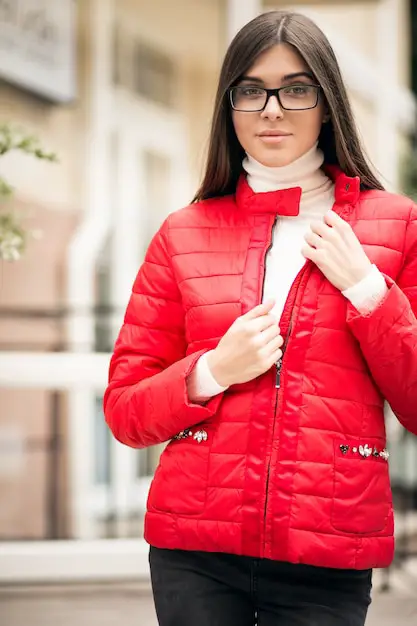
How to Fix Down Feather Jacket After Washing?
After washing a down feather jacket, ensuring it retains its fluffiness and loftiness is key. Here’s a guide on fixing it post-wash:
Gentle Drying: Use a dryer on low heat with a few clean tennis balls or dryer balls. This helps fluff up the feathers and restore loft. Periodically check and shake the jacket during drying to prevent clumping.
Avoid Clumping: If you notice clumps, gently massage them between your fingers to break them apart, redistributing the feathers evenly.
Fluffing by Hand: Hang the jacket and gently pat and fluff it by hand. Pull apart any clumps you feel and redistribute the feathers throughout the jacket.
Air Drying: If using a dryer isn’t an option, air-dry the jacket by laying it flat on a clean surface in a well-ventilated area. Regularly fluff and shake the jacket as it dries to prevent feathers from sticking together.
No Ironing or Hanging: Avoid ironing or hanging the jacket while wet as it can damage the fabric and feathers.
Following these steps post-washing maintains the jacket’s insulation and loftiness, ensuring it keeps you warm and cozy on chilly days.
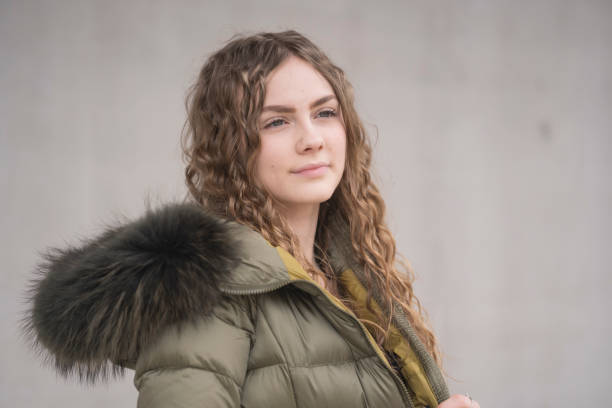
Price Tips Price Tricks Down Feather Jackets in 2024
In 2024, navigating the price spectrum of down feather jackets involves knowing a few tips and tricks to find the best value for your investment:
Quality over Price: Consider the jacket’s quality, not just the price tag. Higher-priced jackets often offer superior insulation, durability, and ethical sourcing.
Seasonal Sales: Look out for seasonal sales, especially during the off-season or major shopping events. This is when you can snag premium jackets at discounted prices.
Brand Comparisons: Compare various brands offering similar features. Sometimes, a lesser-known brand might offer comparable quality at a more affordable price.
Last-Season’s Models: Check for last season’s models or colors. Often, they’re discounted but still offer the same functionality and quality.
Coupons and Rewards: Utilize coupons, loyalty programs, or discounts offered by retailers or brands to save on your purchase.
Consider Longevity: Investing a bit more in a high-quality jacket might save money in the long run as it tends to be more durable and lasts multiple seasons.
Remember, the best price for a down feather jacket doesn’t always mean the cheapest one. It’s about finding the right balance between quality, price, and personal preferences to make a wise investment that keeps you warm and satisfied for years to come.
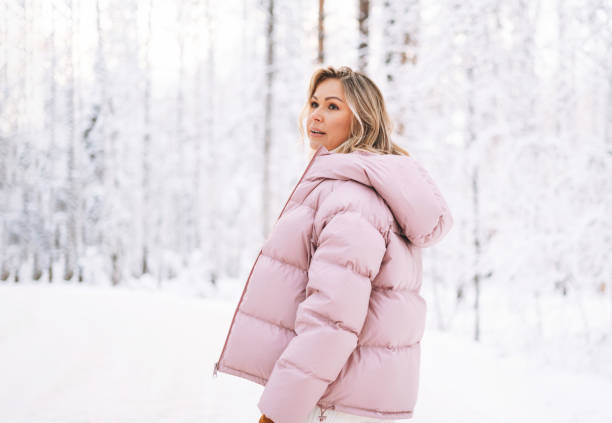
Conclusion
Knowing all of the steps required in making a feather down jacket highlights the value of lifespan and appropriate care, as well as ethical sourcing and high quality materials.
There’s more to making a feather down jacket than just sewing the fabric together. Accuracy, superior materials, and moral behaviour all play a part. The method blends warmth, style, and sincere decisions from selecting the best feathers to perfecting the construction. In addition to giving us a cosy jacket, appreciating the skill, ethical sourcing, and sophisticated design that envelops us in style and comfort comes from appreciating the artistry behind every stitch. There’s more to making a feather down jacket than just sewing. The goal is to create an atmosphere of conscience and warmth, with each jacket serving as a monument to care, quality, and longevity.
- You might be read more articles. Please Check
- Peacock Feathers: Lets Unveil 19 Mysterious and Religious Logics
FAQs
Are feather down jackets suitable for extreme cold weather?
Feather down jackets with higher fill power are excellent for extreme cold weather conditions, offering superior insulation.
Can I wash my feather down jacket at home?
It’s recommended to follow manufacturer guidelines; however, many jackets can be washed at home using gentle detergents.
How often should I clean my feather down jacket?
Cleaning frequency depends on usage. Generally, cleaning once or twice a season is sufficient.
Are there any animal-friendly options for insulation in jackets?
Synthetic alternatives like PrimaLoft offer insulation similar to down but are animal-free.
How do I identify a quality feather down jacket?
Look for higher fill power, reputable certifications like RDS or TDS, and attention to detail in construction.

